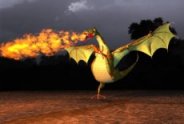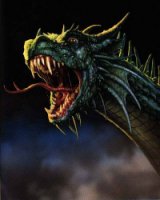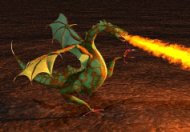SCOTLAND'S FLAG
![]()
It has been believed by generations of Scotsmen that the national flag, the white saltire on a blue background, the oldest flag in Europe, originated in a battle fought here in Athelstaneford in the Dark Ages between the Picts and Scots on the one side and the Angles of Northumbria on the other.
There are various versions of the tale to be found in the older Scottish historians. They are generally agreed, however, that an army of the Picts under their King Angus (or Hungus) aided by a contingent of the Scots was invading Lothian (then and for long afterwards Northumbrian territory), and found itself surrounded by an overwhelming force of the Angles under their leader Athelstan.
King Angus and his host prayed earnestly for deliverance to God and the saints. Early the next morning St. Andrew ( the Patron Saint of Scotland ) appeared to the king and promised him victory. The sign he gave the king was to show him a clear blue sky with the clouds showing the shape of a cross.
Next day. when battle was joined, the vision of a white saltire (the diagonal cross on which the Apostle had been martyred) was seen by all against the blue sky. This so encouraged the Picts and Scots and affrighted their adversaries that the former won a signal victory.
In the pursuit, so the tradition goes on, the Northumhrian leader Athelstan was slain at the crossing of the Peffer or Cogtail Burn, the site of which is marked by Athelstaneford Mains Farm, about half a mile south-east of the village.
The Saltire is also known as the Saint Andrew' s Cross.


